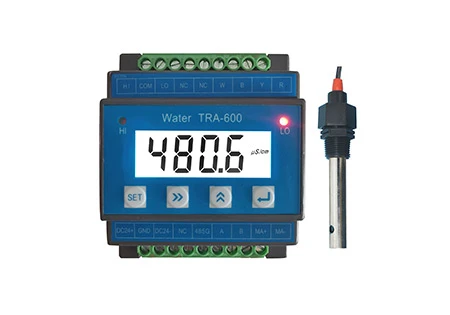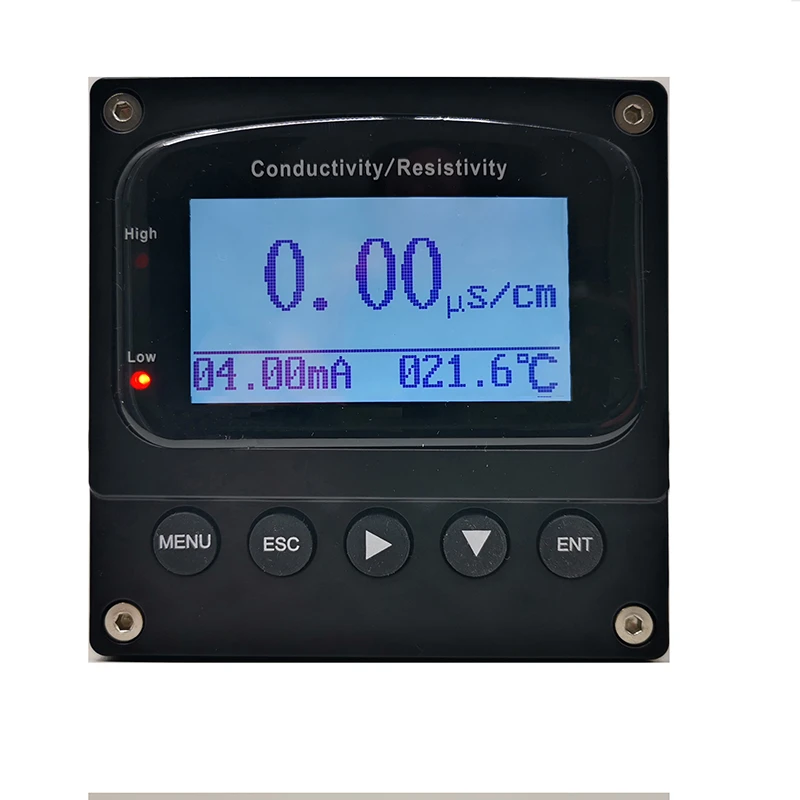Total Dissolved Solids (TDS) refers to the combined content of all inorganic and organic substances, including minerals, salts, metals, and ions, that are dissolved in water. TDS is typically measured in parts per million (ppm) or milligrams per liter (mg/L) and provides an important indicator of water quality. The concentration of TDS in water can significantly affect its taste, safety, and suitability for various uses such as drinking, irrigation, and industrial processes.The TDS level is often influenced by natural sources, such as minerals leaching from rocks, as well as human activities like industrial discharges or agricultural runoff. High TDS levels can result from the presence of salts, calcium, magnesium, and other minerals, which can affect water’s taste, making it unpleasant for consumption. In addition, high TDS levels may contribute to scaling and corrosion in pipes, water heaters, and industrial equipment, leading to increased maintenance costs.
Low TDS levels, on the other hand, often indicate purified or distilled water, but water that is too low in dissolved solids may lack essential minerals, such as calcium and magnesium, which are beneficial for human health. Ideal TDS levels for drinking water typically range between 50 and 150 ppm, though this can vary depending on local standards and preferences.To measure and monitor TDS, devices such as TDS meters are commonly used in both residential and industrial settings. These meters use electrical conductivity to determine the concentration of dissolved solids. By keeping track of TDS levels, water treatment systems like reverse osmosis (RO) can be optimized to maintain the desired water quality and ensure safe, clean water for consumption or use in various applications.Total Dissolved Solids is a crucial water quality parameter that helps assess water’s purity, taste, and overall suitability for different uses.
What Does Total Dissolved Solids Indicate?
Total Dissolved Solids (TDS) refers to the combined content of all inorganic and organic substances dissolved in water. These substances can include salts, minerals, metals, and other ions, which are typically measured in parts per million (ppm) or milligrams per liter (mg/L). TDS is an important indicator of water quality because it reflects the concentration of dissolved substances in water.A high TDS level can indicate poor water quality, which might be caused by contamination from agricultural runoff, industrial waste, or urban wastewater. Conversely, very low TDS can indicate that the water is too "pure," which may lack necessary minerals that are vital for both human health and aquatic life.
TDS levels affect the taste, color, and overall quality of water. For example, water with a TDS level higher than 500 ppm can often taste salty, metallic, or bitter. From a health perspective, TDS itself doesn't directly indicate harmful substances, but high levels may correlate with the presence of certain harmful contaminants, like heavy metals or toxic chemicals, which can pose risks.Regulatory guidelines, such as those set by the World Health Organization (WHO) or the U.S. Environmental Protection Agency (EPA), typically recommend a TDS level of below 500 ppm for drinking water. However, acceptable TDS levels can vary depending on the source of the water and local regulations. Water with TDS levels above this threshold might require treatment, such as reverse osmosis or distillation, to improve water quality.TDS serves as a key metric in assessing the overall composition and safety of water, though it is often used alongside other tests for a more comprehensive analysis of water quality.
How Do You Fix Total Dissolved Solids In Water?
To fix or reduce Total Dissolved Solids (TDS) in water, there are several methods you can use depending on the level of TDS and the specific water quality requirements. TDS refers to the total concentration of dissolved substances like salts, minerals, and metals in water, and high TDS can lead to poor water taste, odor, and even health risks. Here are some common methods to reduce TDS levels:Reverse Osmosis is one of the most effective ways to reduce TDS. The process uses a semi-permeable membrane to filter out contaminants, including dissolved solids, from the water. It can remove up to 95-99% of TDS and other impurities, leaving clean, purified water. This method is highly efficient for residential and industrial use and provides water with very low TDS.
Distillation involves boiling water to produce steam, then condensing the steam back into liquid form. Since most TDS particles do not evaporate with the water, the result is purified water with a significantly lower TDS level. Though effective, distillation can be energy-intensive and time-consuming.Ion exchange systems use resins that exchange unwanted minerals like calcium, magnesium, and sodium for harmless ions like hydrogen or hydroxide. This method can effectively lower TDS by removing specific minerals, especially in hard water areas. Ion exchange systems are commonly used in water softeners and demineralization plants.
While primarily used for removing chlorine, volatile organic compounds (VOCs), and other organic matter, activated carbon filters can also slightly reduce TDS by removing certain dissolved chemicals. However, this method is less effective than reverse osmosis for TDS reduction.This advanced method combines ion exchange and electric fields to further reduce TDS in water. EDI is commonly used in industries that require ultrapure water.For the best results in reducing TDS, Reverse Osmosis is often the top choice due to its efficiency and ability to handle high TDS concentrations. However, each method has its specific applications based on water quality, budget, and needs.










